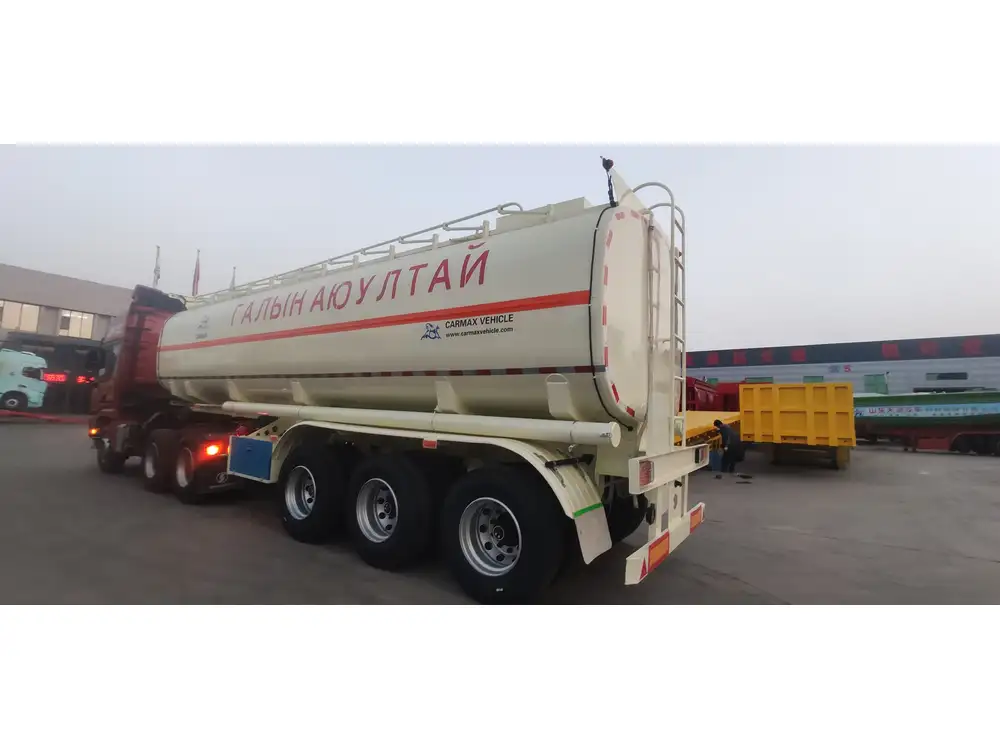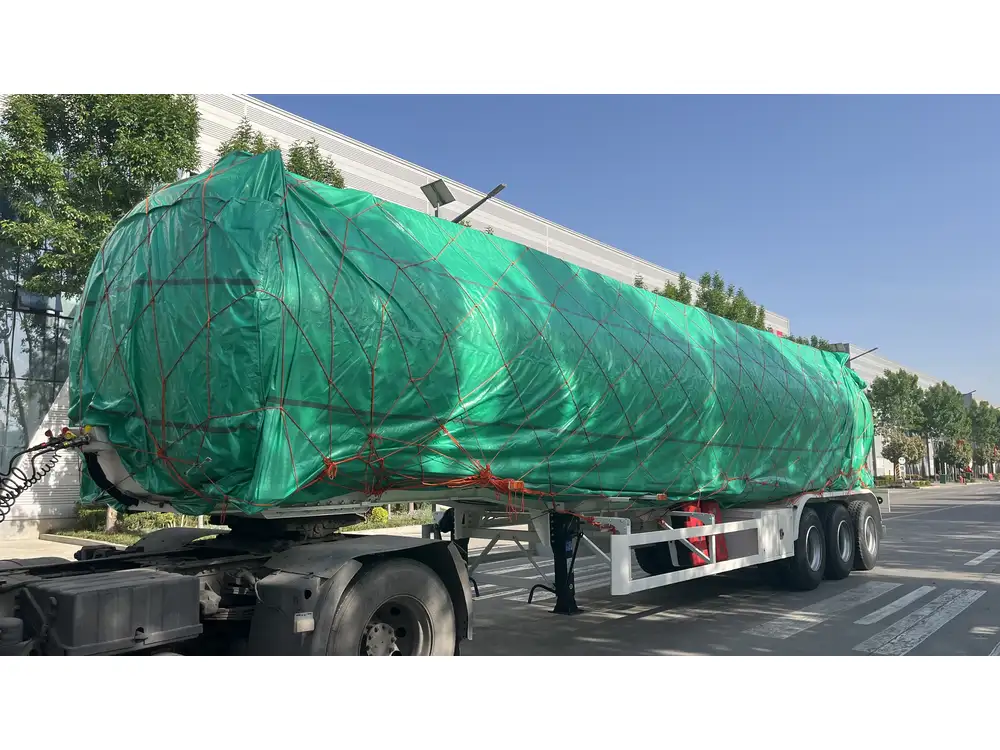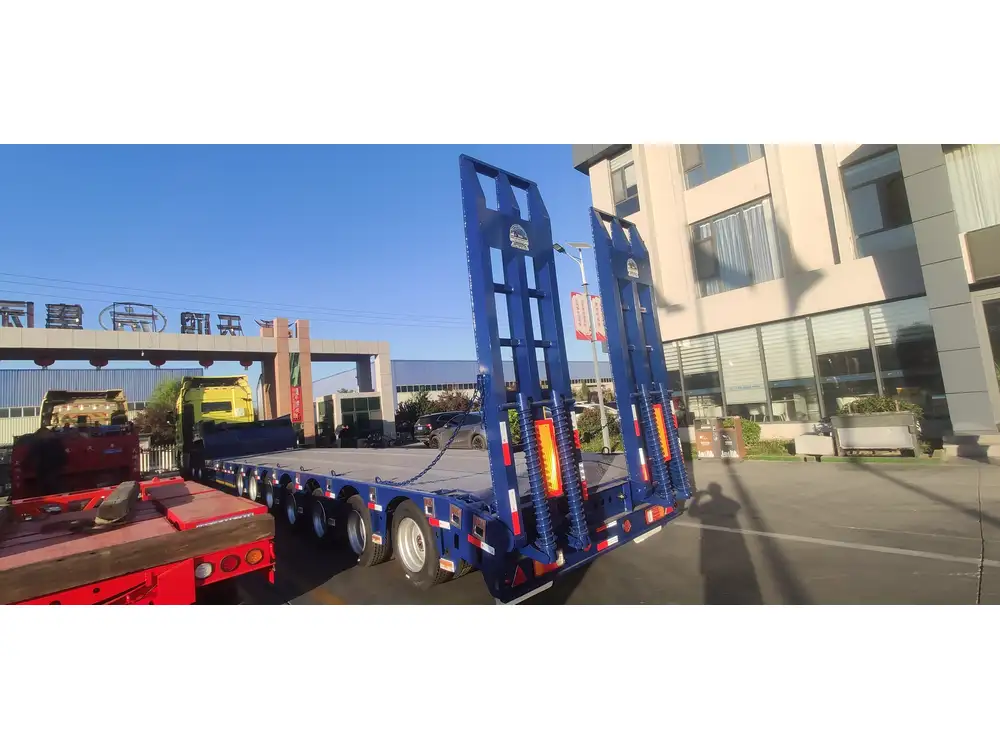Dump trailers are indispensable tools in the construction and landscaping industries, enabling efficient hauling and unloading of heavy materials. Central to their operation is the solenoid, an integral component responsible for controlling the hydraulic system that allows the dump trailer to lift and lower the bed. Understanding how to test a dump trailer solenoid is essential for ensuring that your trailer operates efficiently and reliably. In this article, we present a robust, step-by-step method for testing the solenoid, including potential issues that may arise and solutions to resolve them.
Understanding the Dump Trailer Solenoid
What is a Solenoid?
A solenoid is an electromechanical device that converts electrical energy into linear motion. In the context of a dump trailer, it acts as a switch controlling the hydraulic pump, which raises or lowers the trailer bed. When the solenoid is activated, it completes the circuit, allowing power to flow to the hydraulic pump.
| Feature | Description |
|---|---|
| Type | Electromechanical |
| Operation | Converts electrical energy to mechanical motion |
| Primary Function | Controls hydraulic system of dump trailer |

Why Testing is Important
Regular testing of the solenoid can prevent operational failures and costly repairs, ensuring that the trailer functions seamlessly. A malfunctioning solenoid may lead to:
- Inability to lift or lower the dump bed
- Erratic movements that can cause safety hazards
- Damage to hydraulic components
Tools and Equipment Needed
Before diving into the testing process, gather the following tools and equipment:
- Multimeter: To measure voltage, resistance, and continuity
- Wrench Set: For disconnecting the solenoid
- Battery Tester: To ensure proper battery voltage
- Insulation Resistance Tester: For assessing the integrity of wiring
- Safety Gear: Gloves and goggles for protection
Step-by-Step Guide to Testing Your Dump Trailer Solenoid

Step 1: Safety Precautions
Before proceeding, ensure that the dump trailer is on a level surface with the parking brake engaged. Disconnect the trailer from the tow vehicle to prevent accidental activation during testing. Wear safety equipment to protect against potential hazards.
Step 2: Inspect the Solenoid Visually
Start with a visual inspection of the solenoid:
- Look for any visible damage such as cracks or corrosion.
- Check for loose or damaged wiring that could affect performance.
- Ensure that all connections are secure and free of debris.
| Inspection Aspect | What to Look For |
|---|---|
| Physical Damage | Cracks, corrosion, or warping |
| Wiring Condition | Integrity of wires, secure connections |
| Debris | Clean terminals and connection points |
Step 3: Check Battery Voltage
Before testing the solenoid itself, ensure that the battery is fully charged and functioning:
- Use a multimeter to measure battery voltage. A healthy battery should read around 12.6 volts or higher.
- If the battery is below 12.4 volts, it may need to be charged or replaced.

Step 4: Test Resistance of the Solenoid
- Disconnect the power wires from the solenoid terminals (mark them for easy reassembly).
- Set the multimeter to the resistance (ohms) setting.
- Connect the multimeter leads to the solenoid terminals.
| Resistance Value | Status |
|---|---|
| Typically 5-30 Ohms | Solenoid is functional |
| Infinite Resistance | Solenoid is faulty |
Step 5: Test for Voltage at the Solenoid
- Reconnect the power wires to the solenoid.
- Turn on the truck or connected power source.
- With the multimeter set to measure DC voltage, touch the leads to the solenoid terminals.
| Voltage Reading | Status |
|---|---|
| 12+ Volts | Solenoid is receiving power |
| 0-12 Volts | Check wiring and battery; possible solenoid fault |
Step 6: Perform a Functional Test
After confirming that the solenoid has proper voltage:
- Activate the dump trailer control (this can typically be done via a toggle switch).
- Observe the solenoid; you should hear a clicking sound indicating activation.
- If the solenoid clicks but the trailer does not operate properly, check hydraulic connections and fluid levels.

Step 7: Test for Continuity
- Disconnect the battery again for safety.
- Set the multimeter to continuity testing.
- Touch the leads to both terminals of the solenoid.
| Continuity Reading | Status |
|---|---|
| Beep/Signal | Solenoid is good |
| No Signal | Solenoid is open (faulty) |
Troubleshooting Common Issues
If problems are detected during testing, refer to the following table to diagnose and resolve issues properly.
| Issue | Possible Cause | Suggested Solution |
|---|---|---|
| Solenoid doesn’t click | No power to solenoid | Check battery voltage and wiring connections |
| Solenoid clicks but no action | Hydraulic fluid is low or contaminated | Refuel or replace hydraulic fluid |
| Inconsistent operation | Faulty hydraulic connections | Inspect and repair hydraulic hoses/connections |
| Solenoid overheating | Continuous operation without rest | Allow cooling period, check duty cycle |
Maintenance Tips for Longevity
To ensure your dump trailer solenoid and hydraulic system function optimally, follow these maintenance tips:
- Regular Inspections: Perform routine checks for wear and tear.
- Keep Hydraulic Fluid Clean: Regularly change hydraulic fluid to avoid contamination.
- Secure Wiring: Ensure that wiring is secured and protected from environmental damage.
- Use Proper Voltage: Avoid overloading the electrical system; use components compatible with your trailer.

Maintenance Schedule
| Maintenance Task | Frequency | Notes |
|---|---|---|
| Visual Check | Every use | Look for damage or loose connections |
| Hydraulic Fluid Change | Every 6 months | Use manufacturer-recommended fluid |
| Wiring Inspection | Annually | Look for signs of wear or corrosion |
Conclusion
Understanding how to test a dump trailer solenoid is crucial for maintaining the functionality and reliability of your equipment. By following the detailed steps outlined above, you can diagnose potential issues before they escalate, ensuring that your dump trailer operates safely and efficiently. Regular maintenance and inspections will further enhance the longevity of your trailer, protecting your investment and streamlining your operations.
For further inquiries or assistance with dump trailer issues, don’t hesitate to reach out to a professional for support. Keeping your equipment in peak condition ensures that you can tackle any project with confidence.



